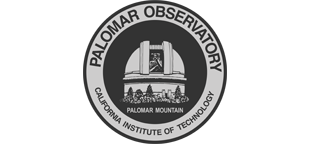
|
|

|
Abstract
Introduction
. Click ►to start. Use < or > to reverse or advance one slide, or the progress dots to jump slides (this pauses the slideshow). Click any image to enlarge and on some captions for further context.
Authors
Credits
References
Questions? We've answered many common visiting, media, and academic questions in our public FAQ page.
Please share your feedback on this page at the
COO Feedback portal.
First Astronomers / v 0.0.1
Last updated:
|
|
|